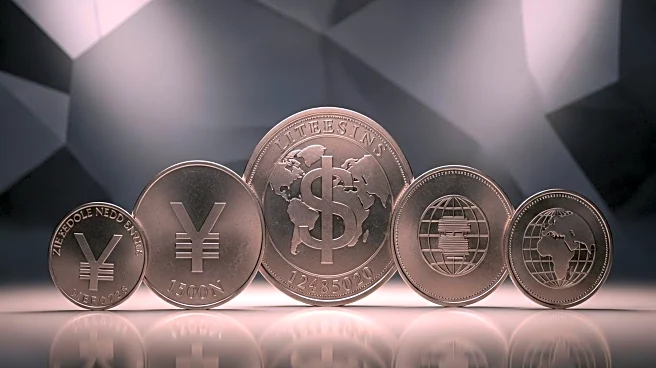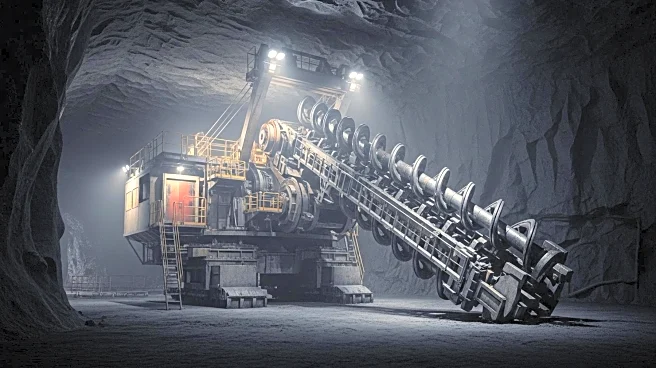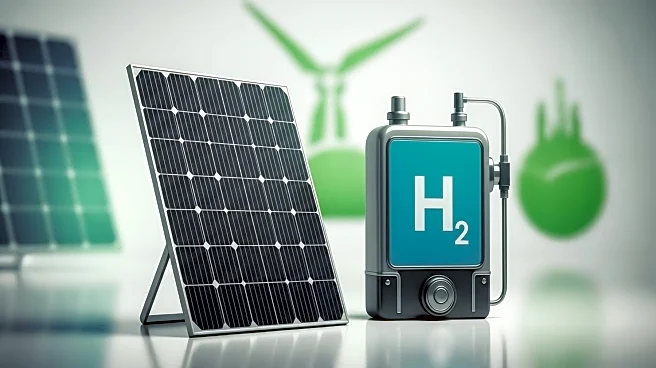What's Happening?
A Finnish city has inaugurated a 1 MW/100 MWh sand battery, an innovative energy storage solution developed by engineers Markku Ylönen and Tommi Eronen. The sand battery, located in Pornainen, Finland, uses excess renewable electricity to heat sand to 500°C, storing the heat for later use in district heating systems. This technology aims to reduce carbon emissions by 70% and eliminate the need for oil in heating. The sand battery is part of a broader effort to enhance energy efficiency and sustainability in Finland, particularly in response to energy supply challenges following Russia's cessation of energy exports to Finland.
Why It's Important?
The sand battery represents a significant advancement in renewable energy storage, offering a cost-effective and sustainable alternative to traditional batteries. Its ability to store heat for extended periods makes it a valuable asset for district heating systems, particularly in cold climates. This innovation could inspire similar projects globally, contributing to the transition towards cleaner energy sources and reducing reliance on fossil fuels. The successful implementation of the sand battery highlights the potential for creative solutions in addressing energy challenges and achieving climate goals.
What's Next?
Polar Night Energy, the company behind the sand battery, plans to expand its technology to other district heating systems and industrial applications. The success of this project may lead to increased investment in similar energy storage solutions, promoting further innovation in the renewable energy sector. As countries seek to enhance energy security and sustainability, the adoption of sand batteries and other novel technologies could play a crucial role in shaping future energy landscapes.
Beyond the Headlines
The environmental and economic benefits of sand batteries, including reduced emissions and energy costs, are significant. However, the scalability and integration of such technologies into existing energy systems pose challenges that require careful consideration. The role of government policies and incentives in supporting the development and deployment of innovative energy solutions will be critical in driving progress.











